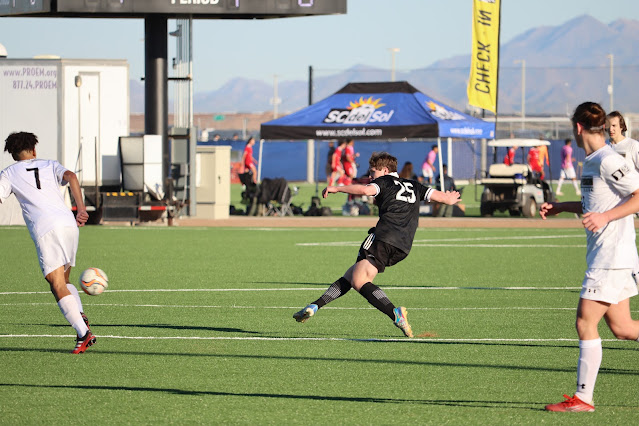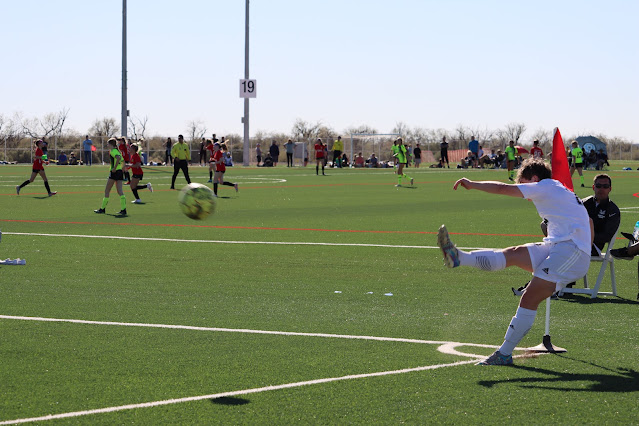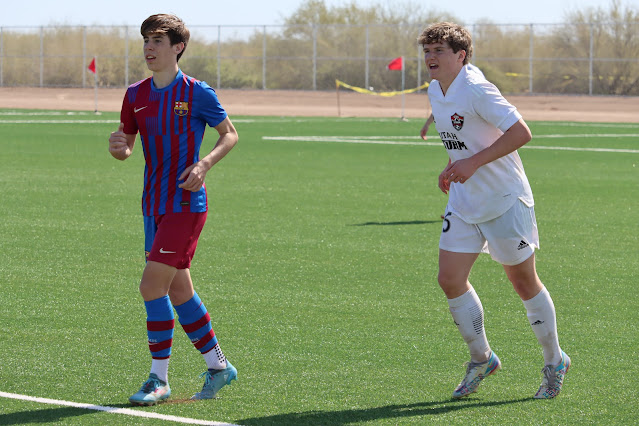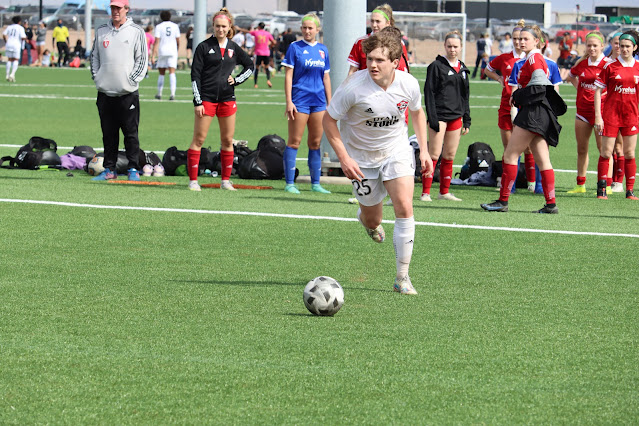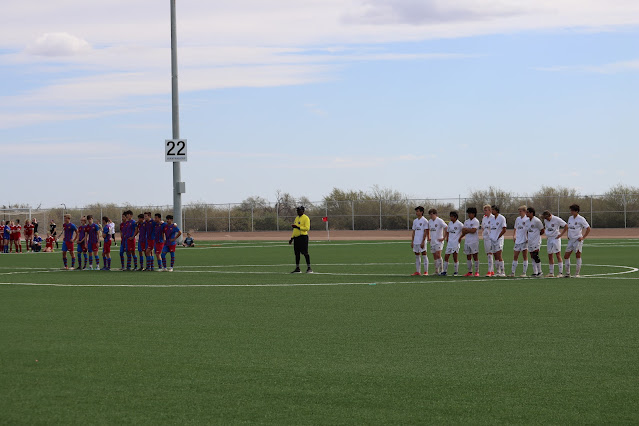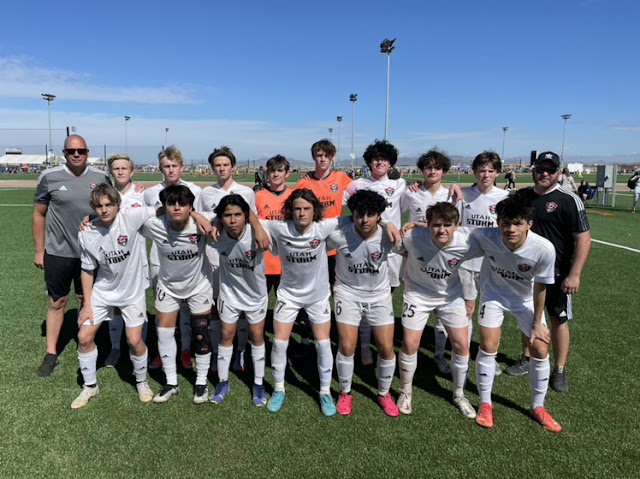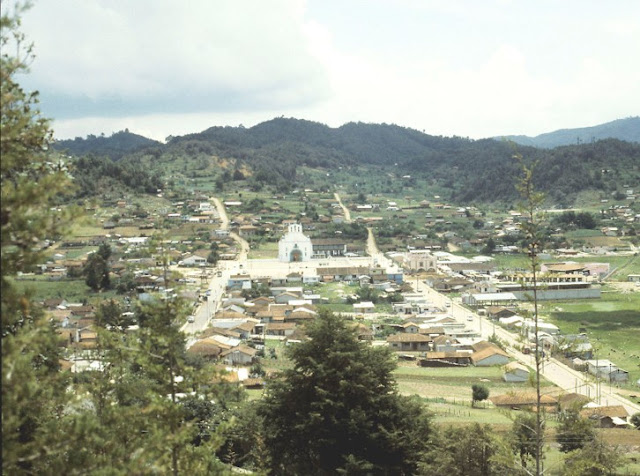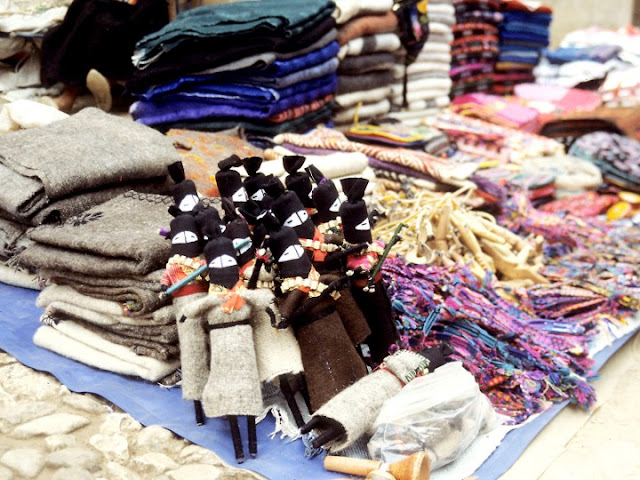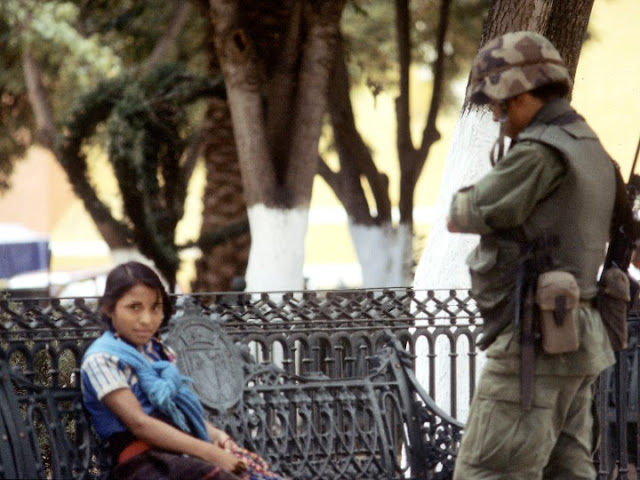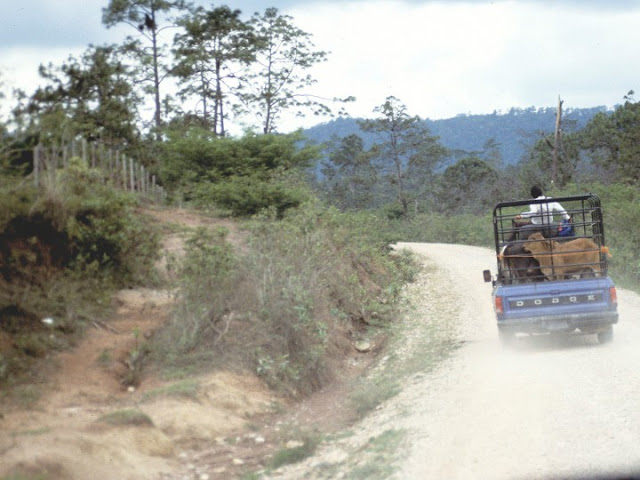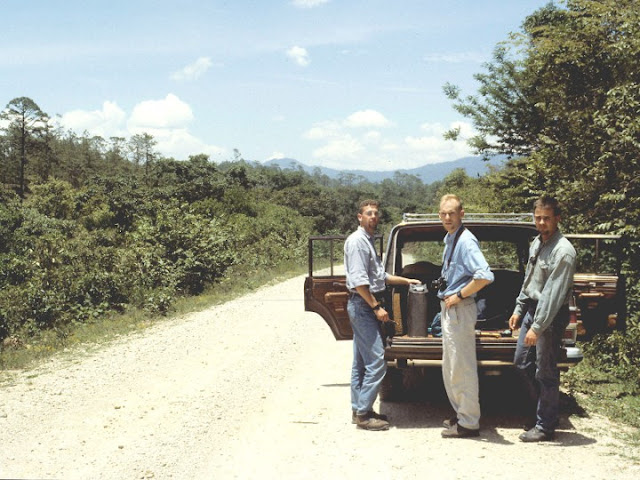
Last Monday was a fun teaching day. Thanks to COVID absences, I have continued to provide a zoom link for my two in-person classes this semester. This meant that three road-tripping buddies from a 1994 journey to Chiapas Mexico were able to zoom in from North Carolina, Colorado and Idaho and add color commentary and hitherto unknown details to my regular lecture in Political Geography class where I use the Zapatista uprising as an example of an insurgent state.
During my second year at BYU I taught a graduate class on the developing world. Japen Hollist (center) took that class. Then he asked me to supervise his thesis--a analysis of the Zaptista uprising in Chiapas as it related to deforestation and land disputes. He proposed, and I approved, that he travel to Chiapas for field work. He decide to buy a used Jeep Grand Cherokee for the journey. At some point Japen extended an invitation to me or I solicited an invitation from him to join the adventure. Part of that conversation also include me offering some of my research/travel money to the project. It sounded like a blast. Japen then recruited two of his Army ROTC buddies to come along. Sperry Redd (left) had recently finished a tour of duty with the Marines and Tom Legones (right) had taken my political geography class.
As we prepared to leave, the question of bringing guns game up. As the financier of the journey I ruled out weapons, other than a billy club that Tom wanted to bring. In May we headed out. The jeep broke down near Blanding (not a good sign) so we stayed a night with Sperry's Grandpa Redd while it was fixed. We crossed the border at El Paso/Ciudad Jaurez.
In Mexico City we enjoyed delicious Liquado Mango con Leche (mango milk shakes)

and we visited a Zapatista information tent in the Zocalo right in front of the Presidential Palace.
The Zapatistas take their name from Emiliano Zapata (right) who led the first Mexican Revolution in a fight for land reform for his peasant compadres.

The battle cry of the Zapatitas was BASTA! (Enough!). Two years later when my parents were serving a mission in Connecticut, they traveled to the Mexico Consulate in NYC with a young missionary from Mexico who needed help with a passport. While they were in the consulate it was rushed by a group of sympathetic American college students who were there to indicate their support for the Zapatistas. Knowing of my travels, Elder and Sister Emmett were excited to write home about them being in the midst of a Zapatista protest.
Somewhere along the way I was introduced to the joys of Tacos al-Pastor (something not yet found in Utah). I was also slowly introduced to military minds and methods. I've never served in the military and I've never owned a gun so my horizons were expanded during three weeks of intensive travel with three ROTC brothers, all of whom spent many post graduation years serving in the Army reserves, in Special Forces, and in counter intelligence agencies which took them to hot spots around the globe (none are currently working in those careers).
While driving the toll road between Puebla and Veracruz, all six lug nuts on the back left wheel stripped out sending the whole tire and rim catapulting out in front of the jeep where it raced down the freeway while the Grand Cherokee ground to a halt on the bare end of the hub. I stood watch in the rain on the side of the road (out of the jeep lest one of the big trucks passing by slammed into the lone car on the narrow shoulder) while the other three hitchhiked back to a small town where they were miraculously able find a shop and a tire and rim would fit. We stayed with friends of Japen in Veracruz (where he served his mission) and then pressed on to San Cristobal de las Casas. For much of the drive we took turns reading (the only other option was a few cassette tapes of music) Tom Clancy's Clear and Present Danger. This was my first introduction to Clancy and to Jack Ryan.
Once in San Cristobal we set up shop in the BYU Anthropology Department's New World Archaeological Foundation Research and Study Center. We slept on the floor in one of the classrooms. Most of the rooms where filled with vast shelving that housed finds from many past archaeological digs.



During the first few days we visited the state capital Tuxtla Gutierrex to purchase some maps, we explored San Cristobal and visited local government offices where Japen inquired about land issues, we visited the neighboring village of Chamula, and one evening we visited a Mayan/Lacandon research center where we met some Lacandon Indians. One sold me a cool bow and arrow set--including feathers from colorful parrots and one arrow with a serrated head used for shooting monkeys (the serrations, kept the monkey from pulling it out). At that center we also met a helpful "researcher" who specialized in the Mayan peoples. He was Basque. At the time the ETA was in full gear challenging the Spanish Government so we wondered afterwards if he was in town to research or to provide Basque/ETA advisement to the Zapatistas. We will never know what his mission really was, but based on our recent reading of Tom Clancy he was there to help the insurgency.
What now follows are the slides I took along the way and a few maps that I use in my lecture. These are the slides we viewed in class today. I will also add in comments from my fellow travelers.
The state of Chiapas is located in southernmost Mexico. It is mountainous and much of its eastern half is covered with the Lacandon jungle, the northernmost tropical rain forest in the Americas.
This map, based on Bank of Mexico data from 1994 shows level of well being in Mexico based on such criteria as access to running water and electricity in homes, level of education, access to health care etc. Chiapas ranked at the very bottom of the list.
Chiapas ranks at the top of the list for percentage of the population as being indigenous with various linguistic groups all having Mayan heritage. In many ways these Mayan inhabitants of Mexico could be considered a distinct nation of people living within the multi-nation state of Mexico.
Most of that population lives in the more mountainous, forested, wild east of Chiapas. At the time Chiapas provided Mexico with 60% of its hydroelectric power and yet a third of the homes in Chiapas did not have electricity int their homes.
For several decades residents from within Chiapas started migrating eastward into the non-inhabited lands of east Chiapas where they practiced rudimentary slash and burn agriculture on small plots of cleared land. Joining the mix were Mexicans from other states who moved into the area mainly to start ranching operations on recently deforested lands.
In our visits to government offices and research centers we found maps like these showing the out line of a UN promoted National Park to preserve part of the Lacandon Forest. Penetrating into the outline of the park boundary are large land parcels destined to become ranching operations. To the world the creation of the park made Mexico look good, but to the local Mayans, it was symbolic of their rapidly declining access to their historic territory.

Our base of operations was in San Cristobal de las Casas. Named after Dominican friar and first bishop of Chiapas--Bartolome de las Casas who was an advocate for the indigenous peoples of Spanish governed Mexico.
San Cristobal is a classic Latin American city with courtyard homes, a grid street system and a large cathedral in the center of town.
On January 1, 1994 (the day NAFTA came into being) Zapatista (EZLN) rebels invaded San Cristobal and other cities in the Mayan highlands. They occupied government buildings, freed prisoners, claimed private lands and issued a series of demands including land reform, an end to political corruption, increased access to education and electricity, and a greater share of resources. The Mexican military moved in and fighting lasted for 12 days.
Then in mid-February and with permission and backing from the sympathetic bishop of San Cristobal, the rebels, with ski masks covering their faces, met with government representatives for peace talks in the central cathedral (above). They reiterated their demands and then retreated back into the mountains and jungles (the foco of their insurgency) to wait out the government's response.
We visited the village of Chamula, where in the Catholic Church (no photos allowed) we witnessed a unique blending of Catholic and Mayan religious practices. We also learned that when villagers convert away from the syncretic brand of Catholicism to Pentecostal churches or even the LDS Church, they can be expelled from the tight knit villages. They then end up landless, with limited opportunities for home and land ownership which feeds into the Zapatista demand for land reform.
Each village has it own traditional garb.
The central market shows the cultural pulls of Chiapas. Some dress in traditional styles while others are more Mexicanized. Some speak Spanish but other speak Tzeltal and Tzotzil.
The hill sides on the outskirts of town where squatter settlements have emerged for those without land or money.
After the January uprising, squatters moved onto government land near town, claimed the land as their own and built small homes.
Meanwhile, a government housing project to help alleviate the land and housing shortages was considered too little, too late.
Enterprising women in the market place who usually sold braided bracelets and woven textiles, took to making face masked, gun toting Zapatista dolls to sell. One of these dolls now sits on a book guarding the entrance to my office.
By the time we arrived five months after the uprising, the government building in San Cristobal that had been attacked and damaged had been repaired and painted.
And government soldiers had moved into town to keep the Zapatistas from coming back.
It was all so amazing to me. One day I happily, and perhaps cluelessly, roamed the central square taking photos. Meanwhile my more observant and cognizant colleagues, set up shifts to watch my sixes--a military term meaning to watch my back. As Japen replied in class, "they didn't want to return with a dead professor."
Finally the day came for us to go meet the Zapatistas. Somebody at the Lacandon research center had provided Japen with directions for how to get to their territory. First stop was on the southeast edge town where we had to pass through a military road block. Bunkers and tanks lined the way. We showed them our passports and then Japen told the soldiers that we were visiting from the US and were were headed out to see the Mayan ruins of Tonina. They let us pass.
Source: https://www.vagabondjourney.com/chiapas-mexico-geography/chiapas-color-map/
Our route took us to Ocosingo, past Tonina and then into the bush.
Looking out towards Zapatista Land.
Notice the straight cut through the trees for eventual power lines.
Road crews were out and about shoring up vital roads that the military would need to push into the Zapatista controlled areas if violence flared up again.
Ocosingo. It too had been attacked and taken by the Zapatistas on January 1. At one end of the square sits the Catholic Church.
At the other end of the square was a government building that still wore the burn marks of the January fighting. Ocosingo was the last government controlled town. As we pushed eastward we had to cross through a final military checkpoint. Once again we had to tell them our half truth--"we are going to the ruins of Tonina". The unspoken other half was that before that we were going to drive past Tonina, down a dirt road in hopes we would run into the Zapatistas.
Along the way we saw evidence of slash and burn (swidden) agriculture.
This small house with a white flag indicates we were in no-man's land beyond the control of both the government and the Zapatistas.
A village with a hacienda on the hill and poorer homes down below.
From homes and villages like this come the rage that fueled the popular grass roots uprising.
Power poles, but no lines.
Rancho San Jacinto down the road.
Once forested land, now for grazing. The situation reminded me of the musical Oklahoma where they sing "Oh the farmers and the ranchers can't be friends."
Cows off to market
Feed lot.
We side tripped up a road to see the Nazareth Oil Well. A resource that doesn't enrich Chiapas.
I had been driving this part of the road. We stopped to add some gas to the tank and to switch drivers. What I didn't know, until Sperry mentioned it in our zoom reunion, is that some of the fiddling in the back of the jeep had to do with sequestering away items in wheel wells that they didn't want the Zapatistas to find. While no direct confession was made ("we may or may not of" had guns) it sure sounded like there were stashed guns in the jeep I didn't know about! The three were also discussing what they might be able to use as gifts/bribes to offer to whomever we might meet to help facilitate a meeting.
Sperry (left) took a turn at driving and I rode shot gun while Japen and Tom (who served a mission in Coast Rica) roll played (as having been taught in ROTC) in Spanish what conversation they would have if and when we reached the Zapatistas. About a hundred yards down this road, we rounded a curve and came to a halt in front of a rudimentary road block of felled tree branches and trunks.
I took this photo out the window as we came a stop. There it is Zapatista land. No governmental authority around and supportive peasants lending help.
Emerging from the shade of some road side trees and shrubs were a half dozen teens and young men, wielding a variety of guns. We got out. Japen and Tom approached them with greetings in Spanish. Japen then explained that we were researchers from the US looking at deforestation and land issues and we wanted to interview some of the Zapatistas leaders to better understand their concerns. The men radioed ahead to see about approval.
Meanwhile some of the other men started to rummage through the jeep. They found my Mexico road atlas and Tom's billy club. At one point Sperry interrupted Japen and asked him to call them off. I remember him saying that we should not let them establish an upper hand, that we needed to let them know we were in control. The Spanish half of our group told Sperry (who spoke Jpanesse) to calm down. To me that was evident since they were the ones holding the guns. Meanwhile, I decided to do my part to diffuse the tensing situation so I pulled out the bananas and cookies we brought along for snacks and offered them to the men searching our car.
Finally after some back and forth on the radio, the group leader finally told a persistent Japen that we were not going to be able to go any further and that, in the local vernacular, "we should get the hell out of there!"
At some point during this 15 minutes or so of meeting the Zapatistas, two women emerged from the shade. They were social scientists from France and Mexico who had been doing research in the area. On this day however they too were not allowed to go any further. I don't remember if they told us or the Zapatistas did, but apparently on the day before there had been an altercation between a rancher and a farmer and someone had been shot. The Zapatistas did not want foreigners entering an area where their safety could not be guaranteed. The fear was that if a foreigner was hurt in Zapatista land then the federal government would have an excuse to move in. Months later I remember reading about a group of Italian tourists who went and camped with the Zapatista in their territory as a sign of solidarity. Oliver Stone also visited and offered to make a movie about the Zapatistas. The EZLN was very savy about getting their cause out to the world via communiques, e-mails, sit ins and eventually a protest walk from Chiapas to the Presidential Palace in Mexico City.
I don't know how the two women got to this out of the way road block, but they did not have a car and so they (or perhaps the Zapatistas) asked if we would take them with us back to San Critobal. We agreed.
As we went to leave, I took a chance and asked if I could take a photo! The answer was a definite no. None of them were wearing ski masks so I understood why. When I went to climb in the car I picked up my camera from the seat to sit down and when I did, one of the men clicked off the safety on his guns. I made sure the camera rose no higher. Tom remembers at least two of the guns ("15 year olds with AKs!") were pointed at us as we turned around and drove away, most likely to insure we didn't try to make a run around the road block.
From added comments from our zoom meeting I learned that the whole time marine veteran Sperry was checking out their guns--he counted five, only two of which had magazines--as he tried to asses the situation in terms of "how serious they were, how much ammo they had, did they know how to use the weapons and what kind of danger we were in." Thee main danger was that the Zapatistas were young, inexperienced, perhaps scared and thus unpredictable.
The six of us all then enjoyed a nice afternoon visit at the Mayan ruins of Tonina. Japen related that when we arrived at the check point leading back into San Cristobal, the solider remembered us and our story. When he saw who joined us for the return trip he let Japen know he was not pleased that we had help out two women who were seen by the soldiers as "sympathizers to the Zapatista cause". Japen was quit to allay fears (with another lie) by explaining that we had met the two women at the ruins. Telling them that we met them at the Zapatista road block would not have been a wise thing to admit.
The next week, while Japen stayed to do more research, Tom, Sperry and I took the bus to Guatemala. There we split up. I explored Atitlan, Guatemala City and then flew to see the amazing ruins of Tikal. Those two traveled to El Salvador which was going through a volatile time (they remember be accused of being from the CIA). After rendezvousing back in San Cristobal we headed home via a stop at the impressive ruins of Palenque and then a stop again at Japen's friend's house in Veracruz. On the morning we left Veracruz to start our journey home, Tom prayed that we and the jeep would safely make it across the border. We crossed at Matamoros/Brownsville. Four men, three with goatees, in a jeep loaded with military duffels must have met the profile for drug dealers because the border patrol agents opened ever bag and looked under the carriage of the car. Curiously I don't remember them finding any guns. Once cleared, we headed north only to have the transmission give out in Harlingen which added an extra night and day to our journey.
Once fixed we headed out for an all night drive across Texas. At one point around 3:00 AM, we all were too tired to drive so we pulled off the freeway to catch a few hours of sleep. I decided the best place for me to spread out was on the tail gate. I soon was dreaming. Zapatistas, or was it the Basque guy and his team, appeared out of nowhere and started pulling the ROTC bros out of the front of the Jeep. I heard the commotion, and with Jack Ryan as my inspiration, I stealthily rolled off of the tail gate and under the car to avoid capture or being shot. As they hustled away my friends, I vowed that I, the absent minded professor, with no military training, would set out to rescue them. Then I awoke, so I don't know if I succeeded. Either way we all made it back to Happy Valley. What a road trip. Thanks Japen, Tom and Sperry for letting me tag along.


